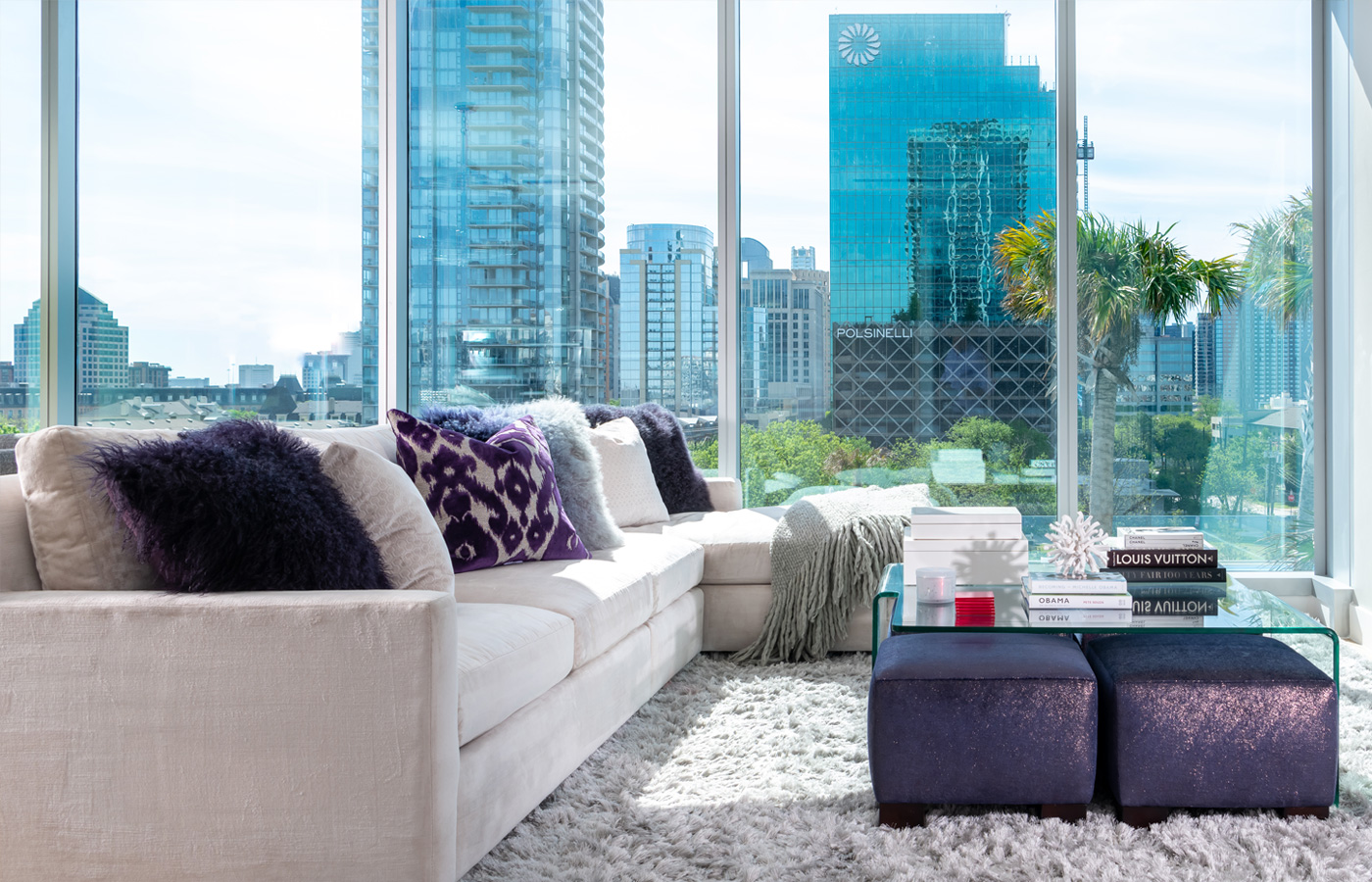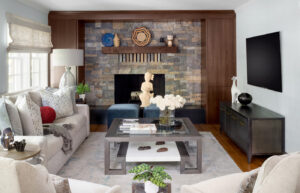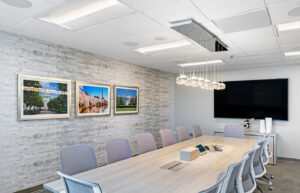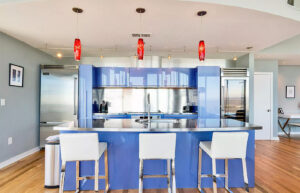
Safety: The Non-Negotiable Priority
Our first and foremost responsibility is to design spaces that safeguard the health and well-being of every individual who walks through the doors. Building codes help us navigate the complexities of fire safety, structural integrity, and emergency protocols, transforming these technicalities into design opportunities that enhance both function and form.
Accessibility: Designing Without Barriers
 Building codes also champion inclusivity, demanding that our designs welcome everyone, regardless of their physical abilities. This has not only broadened my perspective on design but also challenged me to innovate and find creative solutions that meet these important criteria.
Building codes also champion inclusivity, demanding that our designs welcome everyone, regardless of their physical abilities. This has not only broadened my perspective on design but also challenged me to innovate and find creative solutions that meet these important criteria.
Sustainability: Building for Tomorrow
Today, building codes increasingly reflect the urgency of environmental stewardship. They guide us toward energy-efficient materials and technologies, pushing the boundaries of traditional design to embrace sustainability. This not only benefits our planet but also introduces long-term savings and efficiency for building owners.
The Financial and Legal Landscape

Compliance is also a crucial factor in navigating the financial and legal aspects of commercial projects. Ignoring or overlooking these codes can lead to costly penalties and project delays. Early integration of these standards into the design process not only ensures smoother project execution but also guards against unforeseen expenses.
The Role of the Designer: Navigating Complexity
The evolving nature of building codes means that staying informed and ahead of changes is a part of our job. This requires a commitment to ongoing education and collaboration with experts across various disciplines. It’s a challenging aspect of our work, but it’s also what makes it so rewarding.
The Foundation of Responsible Design

Building code compliance might seem like a dry subject, but it’s the foundation upon which we build our most inspired designs. It’s a testament to our commitment to not only our clients but also to the communities we serve. As we look toward the future of commercial design, these guidelines will continue to shape our work, ensuring that it’s safe, accessible, and sustainable for generations to come.
Frequently Asked Questions:
Why are building codes important in commercial design?
Building codes ensure the safety, accessibility, and sustainability of commercial spaces. They serve as critical guidelines that protect the health and well-being of occupants and the environment.
Can I customize my commercial space and still comply with building codes?|
Absolutely. Building codes provide a framework for safety and accessibility but still allow for creativity and customization. Working with a knowledgeable design team can help merge compliance with your vision.
How do building codes impact the sustainability of my project?
Modern building codes increasingly emphasize sustainability, guiding designs towards energy efficiency, reduced environmental impact, and long-term operational savings.
What happens if my commercial design is not up to code?
Non-compliance can lead to legal and financial penalties, including fines and mandatory redesigns. It’s crucial to integrate code compliance from the project’s outset to avoid these issues.






